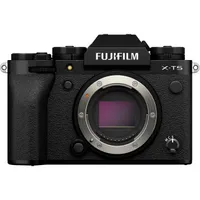Japan Tariffs: 5 Things That Might Get More Expensive for You
President Donald Trump's agreement with Japan features a 15% reciprocal tariff for all imported products.

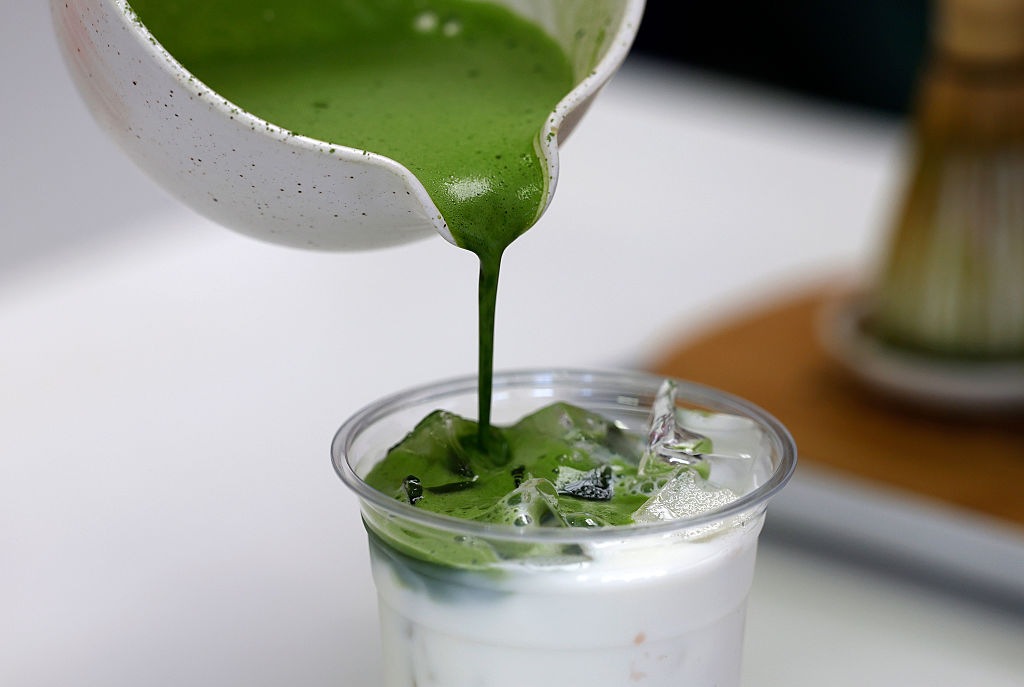
Tariffs have been a dominating topic since Donald Trump became president again. As trade deals finalize, we're starting to get a clearer picture of how tariffs will impact prices moving forward.
Trump secured a trade deal with Japan last week that includes a 15% tariff on Japanese goods. He said of the agreement: "I just signed the largest trade deal in history; I think maybe the largest deal in history with Japan."
The good news, at least for Japanese automakers, is that the 15% tariffs will cover automobiles and automotive parts, which gives them an edge over other car companies that incur 25% tariffs, particularly for cars and parts made in Canada.
From just $107.88 $24.99 for Kiplinger Personal Finance
Become a smarter, better informed investor. Subscribe from just $107.88 $24.99, plus get up to 4 Special Issues

Sign up for Kiplinger’s Free Newsletters
Profit and prosper with the best of expert advice on investing, taxes, retirement, personal finance and more - straight to your e-mail.
Profit and prosper with the best of expert advice - straight to your e-mail.
On the other side of the deal, Japan pledges to invest $550 billion in the U.S. to build reliable supply chains in pharmaceuticals and semiconductors, while also purchasing up to $8 billion in agricultural food. Its importers will also pay a 15% reciprocal tariff on supplies.
While leaders from both countries praise this deal, it's still a tariff, which means companies could absorb some of these costs or pass them on to you. Here are five shopping verticals that might become more expensive for you as a result of this trade policy.
Expect to pay more for your next car
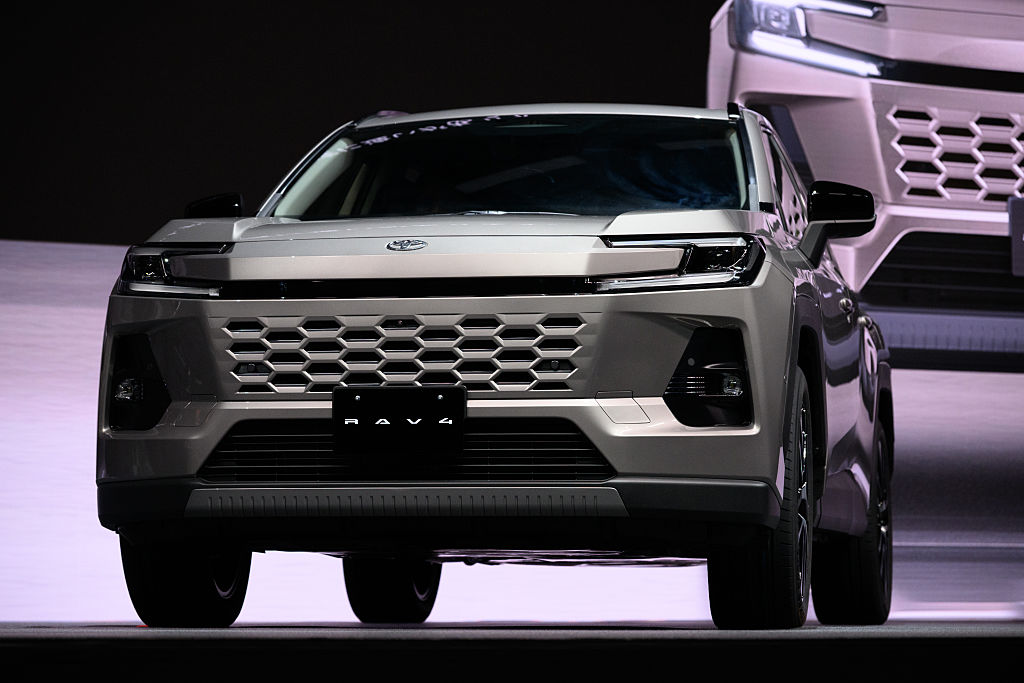
If you plan to buy a foreign vehicle made with parts from Japan, you can expect to see some of those extra costs. Even with the lower tariffs imposed, 15% is a substantial fee to pay to import cars overseas. These companies won't eat all the total costs forever.
How much will it cost you to buy a new Toyota, Nissan or Mazda? Prices could increase up to $6,000 for new vehicles, per Kelley Blue Book.
Keep in mind that not only will this affect the sticker price you'll pay, but it also impacts all other facets of owning a car, such as paying more in sales tax, financing, car repairs and insurance.
Certain TVs could become pricier

Some of the most common television brands, such as Sony, Panasonic, Sharp and Hitachi, come from Japan. We're already seeing significant signs of price increases for specific models, though these companies aren't saying it's due to tariffs.
Here's an example:
When Sony released the 65-inch Bravia A80L OLED in 2023, its price was $2,500. The newest model now goes for $3,400, according to Vocal, an increase of $900. This is at a time when Tom's Guide found prices for OLED models were dropping below the $1,000 mark.
That said, there's good news: You can secure an exceptional deal on older models. Here's a Sony OLED for under $1,900, where you'll save $400:
Sony - 65" Class BRAVIA 8 OLED 4K UHD Smart Google TV
Save $400 on this 2023 model, which includes pure OLED contrast, powerful TV processing for a more robust viewing experience and a smart hub for all your apps.
Say cheese: Your next camera could make you smile less
Fujifilm shifted production of its X series cameras from China to Japan because of the economic uncertainty about tariffs. While Japan didn't incur a 51% combined tariff on imported goods as China does, that 15% still means higher costs, at a time when some camera companies are already raising prices.
Digital Photography Review reports that some camera makers have raised prices due to tariffs. Cannon's average price hike was 9.7%, with price increases for models ranging from $100 to $500.
This means if you're looking for a digital camera from Fujifilm, now is the time to capitalize before price increases go into effect:
Fujifilm X-T5 Mirrorless Camera, Black
Per Tom's Guide, this camera scored a 4.5 out of 5 for its compact size and high-performance capabilities.
Your next joy ride might come at a higher cost
Japan has built a reputation for its stylish and nimble motorcycles from brands such as Honda, Yamaha, Suzuki and Kawasaki. Tariffs have hit the motorcycle market hard.
Some dealers report shortages of imported motorcycles, in part due to companies waiting to see how the tariffs play out. That shortage created a buyer's frenzy for older models, while the few newer models increased from $2,000 to $5,000 on average per West Coast Shipping. Expect this trend to continue.
Japanese drinks and food are expected to increase in price
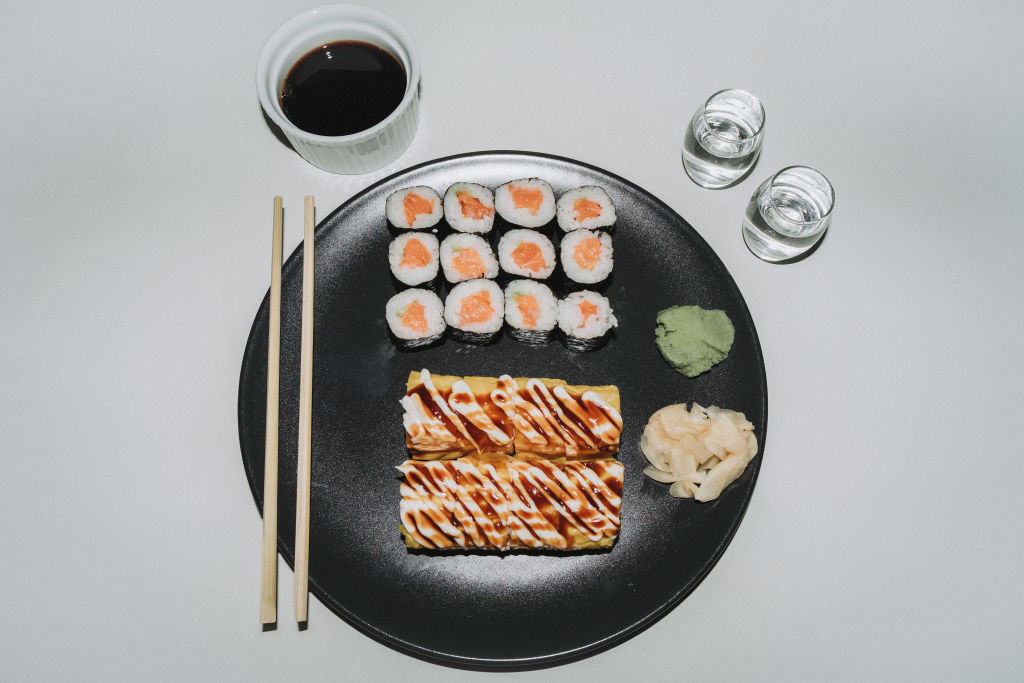
Japan exports all sorts of tasty goodies to the U.S. If you're a fan of Japanese whiskey, sake, green tea and matcha, caviar, sushi and other items, the tariffs will hit your wallet.
While it's hard to determine by how much prices will increase, you can look at the big picture. The Yale Budget Lab found that the overall tariff rate customers pay is 20.2%, the highest it's been since 1911. On average, tariffs will cost the average household $2,700 more than regular expenses for 2025.
Ultimately, the 15% reciprocal tariff reached between Japan and the U.S. is far better than the original 25% proposed. On top of this, Japan's pledge of $550 billion into the U.S. economy to build supply chains in key sectors is a good thing, as it will create jobs.
At the same time, tariffs are still taxes, and someone must pay them. This means you can expect the costs of some of these goods to increase, which means now is the ideal time to secure a deal.
Too bad you can't stock up on fresh sushi.
Related content
- What to Stock Up On (and What to Skip) Before Tariffs Raise Prices
- What New Tariffs Mean for Car Shoppers
- What’s Happening With Trump Tariffs? New Deals and Rates to Know
Profit and prosper with the best of Kiplinger's advice on investing, taxes, retirement, personal finance and much more. Delivered daily. Enter your email in the box and click Sign Me Up.

Sean is a veteran personal finance writer, with over 10 years of experience. He's written finance guides on insurance, savings, travel and more for CNET, Bankrate and GOBankingRates.
-
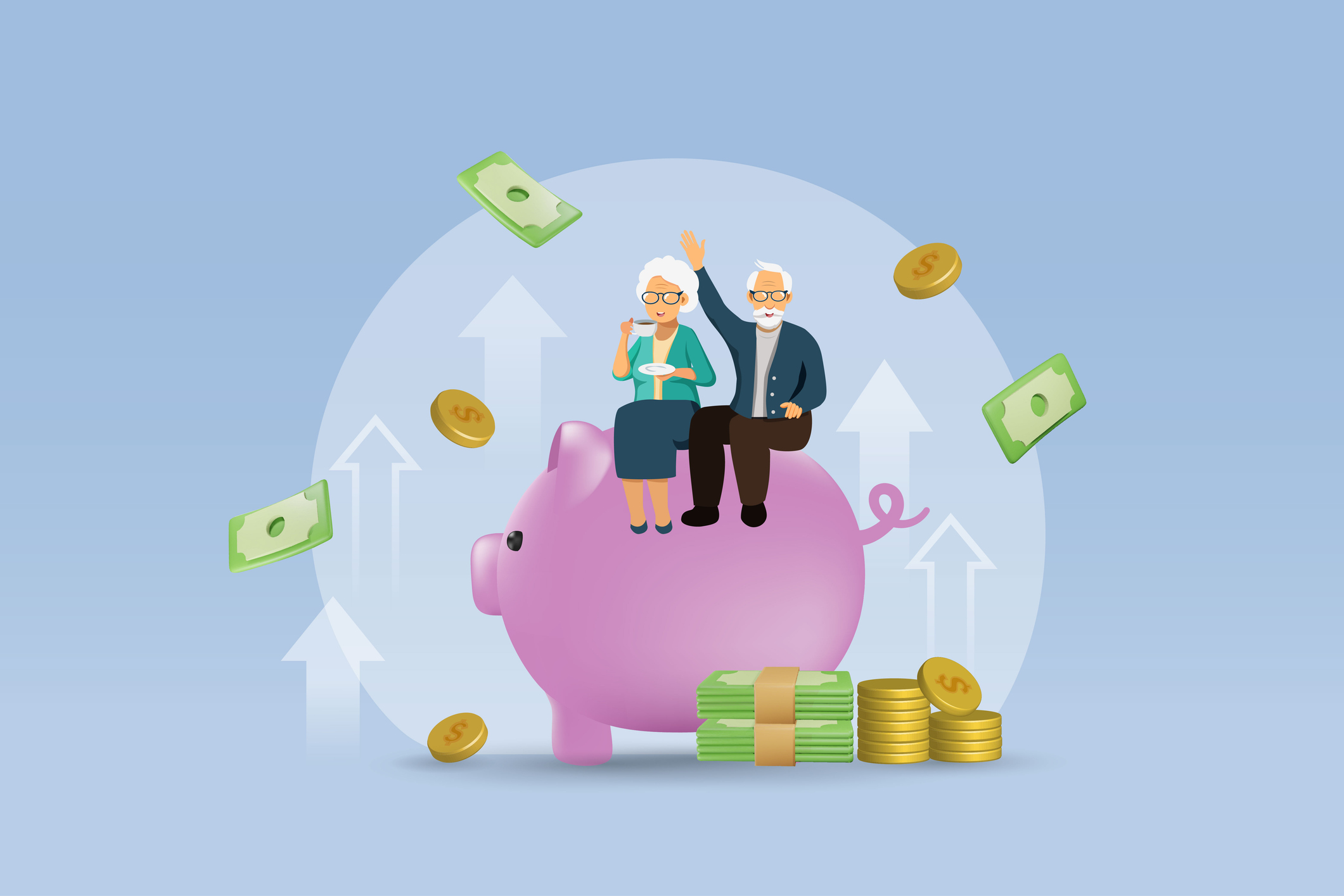 How Much a $100k Jumbo CD Earns You
How Much a $100k Jumbo CD Earns YouYou might be surprised at how fast a jumbo CD helps you reach your goals.
-
 How Charitable Trusts Benefit You and Your Favorite Charities
How Charitable Trusts Benefit You and Your Favorite CharitiesThese dual-purpose tools let affluent families combine philanthropic goals with advanced tax planning to generate income, reduce estate taxes and preserve wealth.
-
 A 5-Step Plan for Parents of Children With Special Needs
A 5-Step Plan for Parents of Children With Special NeedsGuidance to help ensure your child's needs are supported now and in the future – while protecting your own financial well-being.
-
 Here's How Much You Can Earn with a $100,000 Jumbo CD
Here's How Much You Can Earn with a $100,000 Jumbo CDYou might be surprised at how fast a jumbo CD helps you reach your goals.
-
 A Financial Planner Takes a Deep Dive Into How Charitable Trusts Benefit You and Your Favorite Charities
A Financial Planner Takes a Deep Dive Into How Charitable Trusts Benefit You and Your Favorite CharitiesThese dual-purpose tools let affluent families combine philanthropic goals with advanced tax planning to generate income, reduce estate taxes and preserve wealth.
-
 A 5-Step Plan for Parents of Children With Special Needs, From a Financial Planner
A 5-Step Plan for Parents of Children With Special Needs, From a Financial PlannerGuidance to help ensure your child's needs are supported now and in the future – while protecting your own financial well-being.
-
 How Financial Advisers Can Best Help Widowed and Divorced Women
How Financial Advisers Can Best Help Widowed and Divorced WomenApproaching conversations with empathy and compassion is key to helping them find clarity and confidence and take control of their financial futures.
-
 Your Guide to Buying Art Online
Your Guide to Buying Art OnlineFrom virtual galleries to social media platforms, the internet offers plenty of places to shop for paintings, sculptures and other artwork without breaking the bank.
-
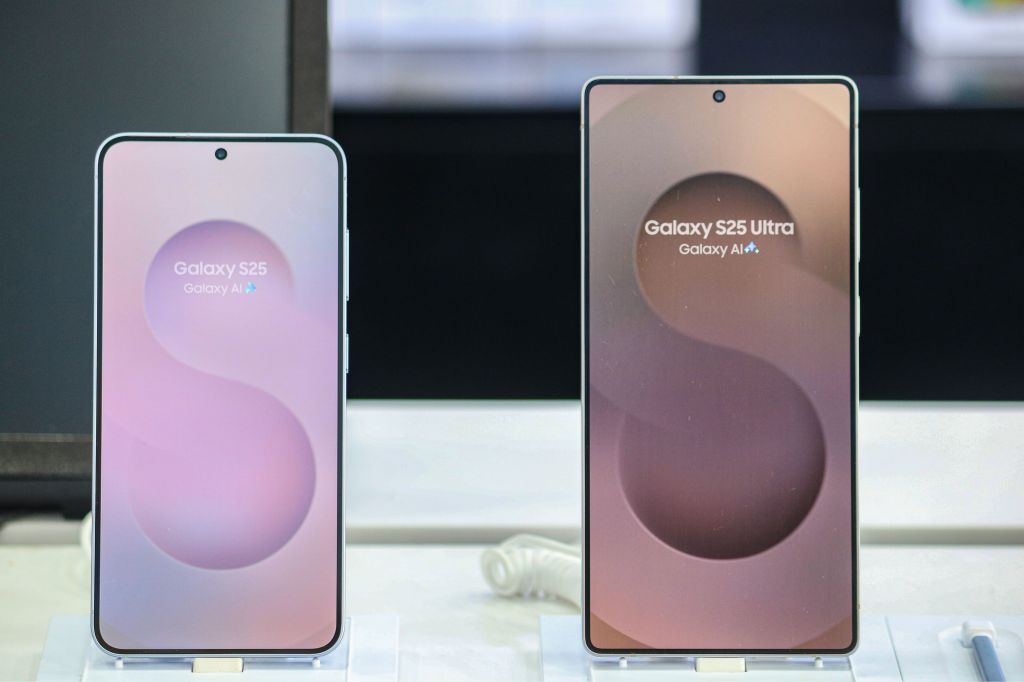 Samsung Galaxy S25 Ultra for $4.99 a Month: A Closer Look at Verizon’s Deal
Samsung Galaxy S25 Ultra for $4.99 a Month: A Closer Look at Verizon’s DealVerizon’s aggressive pricing makes Samsung’s top-tier phone tempting, but the real cost depends on your plan and how long you stay.
-
 I'm 59 With $1.7 Million Saved and Just Lost My Job. Should I Retire at 59½, or Find New Work?
I'm 59 With $1.7 Million Saved and Just Lost My Job. Should I Retire at 59½, or Find New Work?We asked professional wealth planners for advice.
-
 A Wealth Adviser Explains: 4 Times I'd Give the Green Light for a Roth Conversion (and 4 Times I'd Say It's a No-Go)
A Wealth Adviser Explains: 4 Times I'd Give the Green Light for a Roth Conversion (and 4 Times I'd Say It's a No-Go)Roth conversions should never be done on a whim — they're a product of careful timing and long-term tax considerations. So how can you tell whether to go ahead?

